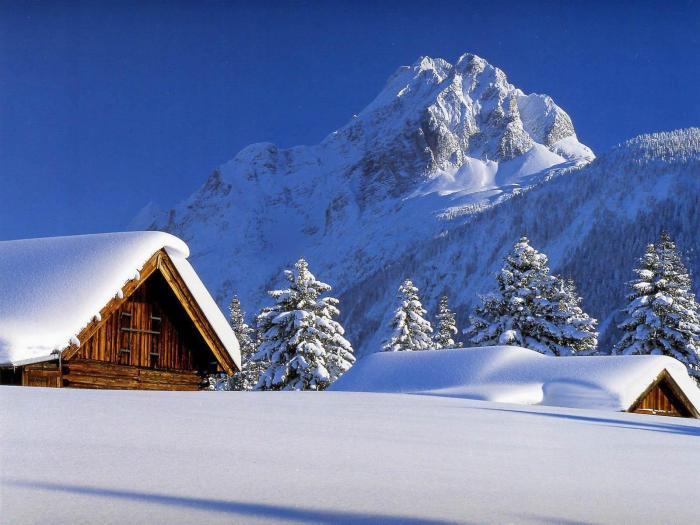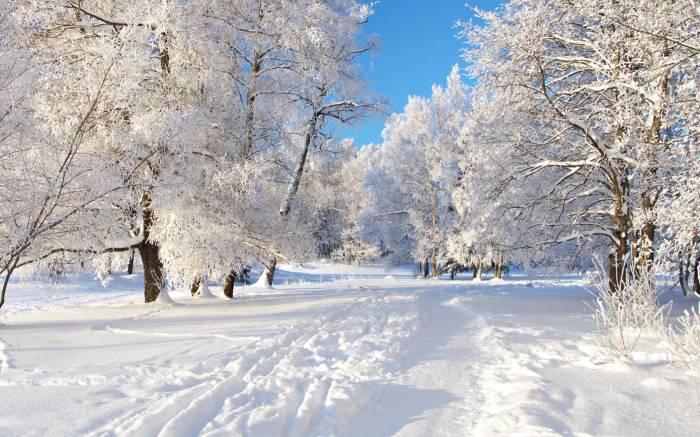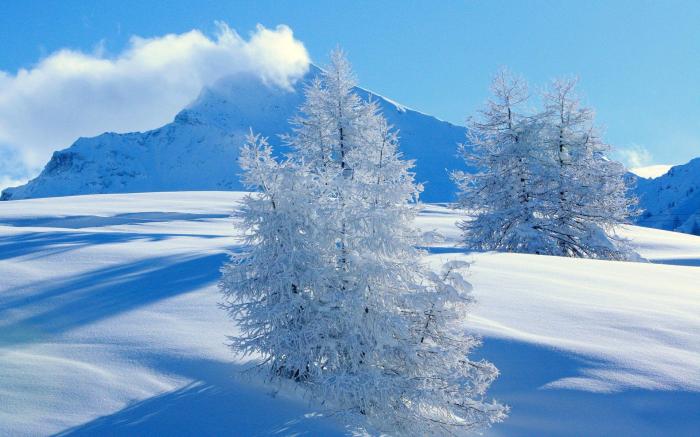What gets dirtier the whiter it gets? This intriguing question delves into a fascinating realm of scientific and everyday occurrences. From the pristine snow to the crisp white of a freshly laundered shirt, we explore the paradoxical nature of objects that accumulate dirt as they become whiter.
In this article, we delve into the mechanisms behind these curious phenomena, examining the factors that contribute to their increased susceptibility to dirt and offering practical tips to mitigate their impact.
Snow

Snow becomes dirtier as it gets whiter due to the accumulation of dirt and pollutants. As snow falls, it collects particles from the atmosphere, including dust, soot, and pollen. These particles are often darker in color than snow, making the snow appear dirtier as it accumulates more of them.
Types of Dirt and Pollutants
- Dust: Dust is a common pollutant that can accumulate on snow. It is composed of small particles of soil, sand, and other materials that are carried by the wind.
- Soot: Soot is a black or dark brown substance that is produced by the burning of fossil fuels. It can be deposited on snow from power plants, vehicles, and other sources.
- Pollen: Pollen is a fine powder that is produced by plants. It can be deposited on snow from trees, flowers, and other plants.
Impact of Dirty Snow
Dirty snow can have a negative impact on the environment and human health. The pollutants that accumulate on snow can be harmful to plants and animals. They can also contribute to air pollution and water pollution. Dirty snow can also be a hazard to human health.
The pollutants that accumulate on snow can be inhaled, ingested, or absorbed through the skin.
Laundry

White clothes can become dirtier even after being washed due to a number of factors. These factors include detergent residue, water hardness, and fabric type.
Detergent Residue
Detergent residue can accumulate on clothes if they are not rinsed thoroughly. This residue can attract dirt and grime, making the clothes appear dirtier.
Water Hardness
Water hardness is a measure of the amount of dissolved minerals in water. Hard water can make it difficult to rinse detergent from clothes, which can lead to detergent residue buildup.
Fabric Type
Some fabrics are more likely to attract dirt and grime than others. For example, synthetic fabrics are more likely to attract dirt than natural fabrics.
Tips for Preventing White Clothes from Getting Dirtier
- Rinse clothes thoroughly after washing.
- Use a water softener if you have hard water.
- Choose clothes made from natural fabrics.
- Wash white clothes separately from colored clothes.
- Hang clothes to dry instead of putting them in the dryer.
Erasers
Erasers work by removing the top layer of paper. This layer contains the graphite from the pencil. The eraser then absorbs the graphite, making the mark on the paper disappear.
Types of Erasers
There are many different types of erasers, each with its own advantages and disadvantages. Some of the most common types of erasers include:
- Pink erasers: Pink erasers are made from a soft, pliable material that is gentle on paper. They are good for erasing light pencil marks.
- White erasers: White erasers are made from a harder material than pink erasers. They are good for erasing dark pencil marks.
- Kneaded erasers: Kneaded erasers are made from a soft, putty-like material. They can be molded into any shape, which makes them good for erasing small areas.
Effectiveness of Erasers
The effectiveness of an eraser depends on a number of factors, including the type of eraser, the type of paper, and the hardness of the pencil mark.
Applications of Erasers
Erasers are used in a variety of applications, including:
- Writing: Erasers are used to erase mistakes when writing.
- Drawing: Erasers are used to create highlights and shadows in drawings.
- Drafting: Erasers are used to remove unwanted lines from drawings.
Chalkboards: What Gets Dirtier The Whiter It Gets
Chalkboards become dirtier as they are used due to the accumulation of chalk dust. Chalk dust is created when chalk is written on a chalkboard. The dust is then released into the air, where it can be inhaled or deposited on surfaces.
Types of Chalk
There are many different types of chalk, each with its own advantages and disadvantages. Some of the most common types of chalk include:
- Soft chalk: Soft chalk is made from a soft, porous material. It is easy to write with, but it produces a lot of dust.
- Hard chalk: Hard chalk is made from a harder material than soft chalk. It is more difficult to write with, but it produces less dust.
- Colored chalk: Colored chalk is made from a variety of materials, including pigments and dyes. It is available in a wide range of colors.
Dustiness of Chalk
The dustiness of chalk depends on a number of factors, including the type of chalk, the hardness of the chalkboard, and the amount of pressure applied when writing.
Applications of Chalkboards
Chalkboards are used in a variety of applications, including:
- Education: Chalkboards are commonly used in schools and universities for teaching purposes.
- Business: Chalkboards are also used in businesses for presentations and brainstorming sessions.
- Home: Chalkboards can be used in homes for a variety of purposes, such as writing messages, drawing pictures, and keeping track of appointments.
Shoes

Shoes can become dirtier even when they are not worn due to a number of factors. These factors include dust, dirt, and moisture.
Dust, What gets dirtier the whiter it gets
Dust is a common pollutant that can accumulate on shoes. It is composed of small particles of soil, sand, and other materials that are carried by the wind.
Dirt
Dirt is a mixture of soil, sand, and other materials. It can be deposited on shoes from a variety of sources, such as walking on dirty surfaces or coming into contact with soil.
Moisture
Moisture can contribute to the accumulation of dirt and grime on shoes. Moisture can come from a variety of sources, such as rain, snow, or sweat.
Tips for Keeping Shoes Clean
- Wipe shoes down with a damp cloth after wearing them.
- Use a shoe brush to remove dirt and dust from shoes.
- Store shoes in a dry, well-ventilated area.
- Avoid wearing shoes in wet or dirty conditions.
- Get shoes professionally cleaned if they become too dirty.
Top FAQs
Why does snow become dirtier as it gets whiter?
As snow accumulates on the ground, it traps pollutants and particles from the atmosphere, including dust, soot, and road salt. These impurities become more visible as the snow melts and exposes the underlying dirt.
How can I prevent white clothes from getting dirtier after washing?
Use the correct amount of detergent, avoid overloading the washing machine, and ensure the water temperature is appropriate for the fabric type. Additionally, consider using a fabric softener to reduce static cling, which can attract dirt.
Why do erasers become dirtier as they are used?
Erasers remove pencil marks by abrading the paper surface and transferring the graphite particles to their own surface. As the eraser accumulates graphite, it becomes less effective at erasing and appears dirtier.